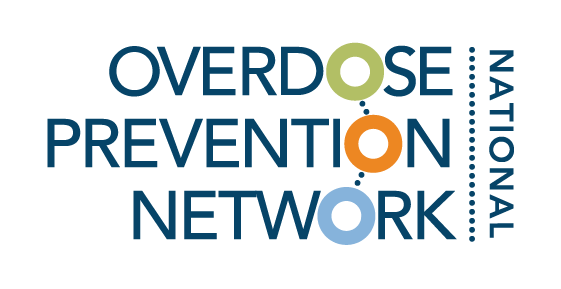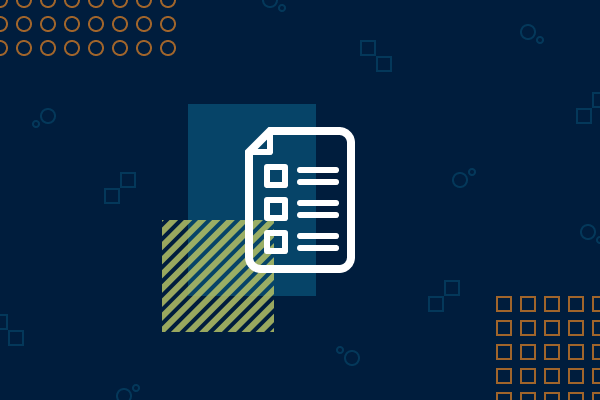
Resource Library
Toolkits, guides, and other resources vetted by experts in overdose prevention.
Filter by category and tags, or search by keyword (ex. COVID-19, harm reduction).
Naloxone Overdose Webpage in Spanish
The California Department of Public Health has created a webpage in Spanish that features information on naloxone.
List of California Participating Subdivision payments (as of March 2023)
Payments amounts available by city and county.
Working with Local Opioid Coalitions to Maximize the Impact of your Opioid Settlement Funds
In this recorded webinar, COPN was invited to present to the participating subdivisions of the California Opioid Settlement Funds about how to maximize the impact of their funds locally with the help of presenters from local overdose safety coalitions in Lake and Sacramento Counties and COPN Impact Coach Mary Maddux - Gonzalez.
DHCS Frequently Asked Questions: Janssen and Distributors Settlement Funds
This document is intended to answer frequently asked questions (FAQs) from California Participating Subdivisions receiving allocations from the California Abatements Account as part of the Janssen & Distributors (J&D) Settlements. A Participating Subdivision is a city or county eligible to receive or is receiving funds from one or both of the J&D Settlements.
DHCS’s Guiding Principles for Participating Subdivisions
The California Department of Health Care Services (DHCS) is tasked with oversight of California’s opioid settlement funds1 and monitoring use and expenditure compliance by Participating Subdivisions. DHCS has developed this resource to help Participating Subdivisions consider potential uses of opioid settlement funds and to promote the uptake of high-impact opioid remediation activities.
Duke University Opioid Abatement and Investment Tool
Duke-Margolis Center for Health Policy and Third Horizon Strategies (THS) launched the Opioid Abatement Needs and Investment (OANI) tool. This interactive resource, developed with support from the Elevance Health Foundation, aims to assist local, municipal and state level leaders working to address the opioid epidemic in their communities. The tool provides geographic-specific information on the potential need for opioid use disorder (OUD) treatment and recovery services and the locality’s capacity to meet that demand. The 1.0 version of the tool uses publicly available data at the county and state level and enables users to investigate a county’s potential need for OUD treatment and recovery capacity across the Healthy People 2030 Social Determinant of Health Domains.
DHCS Janssen & Distributors Settlement Funds Allowable Expenditures
On July 21, 2021, California Attorney General Rob Bonta announced the final settlement agreements with prescription opioid manufacturer Janssen Pharmaceuticals and pharmaceutical distributors McKesson, Cardinal Health, and AmerisourceBergen (the Janssen and Distributors, or J&D Settlement) that will provide substantial funds for the abatement of the opioid epidemic in California. This document is intended to provide guidance for California’s cities and counties (Participating Subdivisions, listed in Appendix 1 of the California Janssen and Distributors Agreements) that receive funds from the J&D settlements. Allowable expenditures must include activities tied to the ending, reduction or lessening the effects of the opioid epidemic in communities and include prevention, intervention, harm reduction, treatment and recovery services.
Big Tobacco Settlement Lessons
This website provides information about the criticism of the 1990s Tobacco Master Settlement Agreement. It notes how states continue to collect billions of dollars from the tobacco settlements, only a small fraction of those funds are spent on smoking prevention and cessation programs.
LGBTQ+, Family & Substance Use Resources
The Partnership to End Addiction has created multiple resources for parents or caregivers on how to show acceptance, support for LGBTQ+ youth who have substance use disorders..
Research Brief: Substance Use and Suicide Risk Among LGBTQ Youth
This brief from 2022 provides information on substance use and suicide risk among LGBTQ youth and provides recommendations based on the data on how to support LGBTQ youth.
SAMHSA Resources for Lesbian, Gay, Bisexual, Transgender, Queer, and Intersex (LGBTQI+)
SAMHSA compiled a list of resources for individuals and providers that includes national survey reports, agency and federal initiatives, and related behavioral health resources.
Faces & Voices of Recovery: LGBTQ+ Recovery Resources
According to the Recovery Research Institute, it is estimated that 30 percent of LGBTQ+ individuals face some form of addiction, compared with 9 percent of the general population. However, there is a lack of LGBTQ+ recovery resources. Faces & Voices of Recovery have created a list of LBGTQ+ focused recovery resources.
DOSE Dashboard: Nonfatal Overdose Emergency Department and Inpatient Hospitalization Discharge Data
The new Drug Overdose Surveillance and Epidemiology (DOSE) dashboard is an interactive data visualization tool that displays current nonfatal drug overdose-related ED and hospital discharge data. DOSE data can be used to compare US nonfatal overdose trends for any of the four drug overdose types (i.e., all drugs, all opioids, heroin, and all stimulants); by participating state and by county (county-level data are only available for nonfatal all drug overdose ED visits); and by sex and age group.
YOR California 3 Funding Awards Released
The California Youth Opioid Response (YOR California) is pleased to announce 43 grant awards for the third round of State Opioid Response (SOR) funding of $12 million, subsequent to a statewide RFA process, and over 70 applications.
YOR California seeks to strengthen capacity and access to prevention, treatment, and recovery services, as well as access points to Medication-Assisted Treatment, for youth (ages 12-24) and their families. This opportunity is also designed to foster the creation, coordination and strengthening of local level multi-system networks and to encourage the development of new partnerships between agencies that touch youth.
YOR California
YOR California is a joint effort by the California Institute for Behavioral Health Solutions and Advocates for Human Potential, Inc. and funded by the California Department of Health Care Services (DHCS), Community Services Division, Federal Grants Branch that supports funding community-based organizations throughout California, whose efforts spanning the continuum of prevention, intervention, treatment and recovery services for youth.
OD Free Marin Website
This website is an great example of how local coalitions in California can communicate how to access naloxone, treatment, and other resources locally.
Fentanyl is Forever Campaign
This campaign was created by the Santa Barbara County Department of Behavioral Wellness. It is an example of how a community has developed an awareness campaign discussing fentanyl, how to access naloxone and how and where to find local treatment options.
Local EMS Lead the Country with Opioid Treatment Model
This webpage overviews the Contra Costa County Emergency Medical Services (EMS) Pilot Project. It is the first in the country to launch a pilot project for paramedics to provide medication for addiction treatment (MAT) directly to patients in withdrawal from opioid use disorder. Lead by Dr. Gene Hern, the EMS Project Director of the CA Bridge program at the Public Health Institute, Dr. David Goldstein, of the Contra Costa County Emergency Medical Services Agency, and Dr. Ori Tzvieli, the Medical Director of Contra Costa County Public Health, the project has started serving patients in the region.
Santa Barbara Opioid Safety Coalition Website
Santa Barbara Opioid Safety Coalition's website is a great example of how to utilize a website to disseminate information on naloxone, treatment services, data, resources, and more.
ODMAP Platform and User Guide
You can utilize this user guide to understand and learn the ODMAP platform and community user application.








